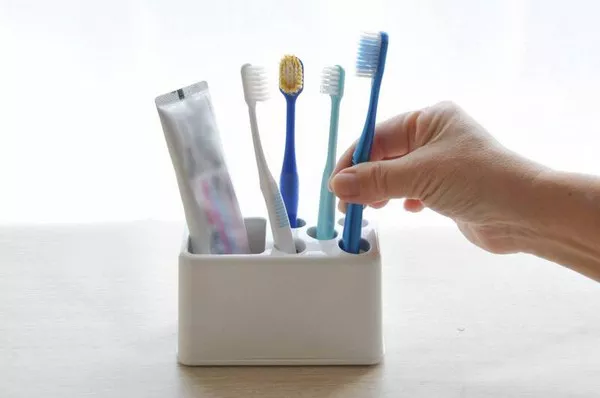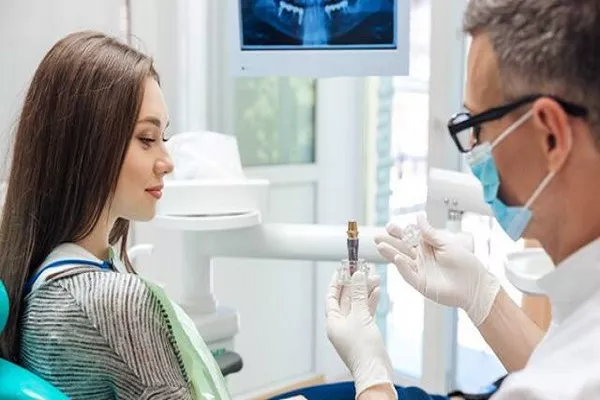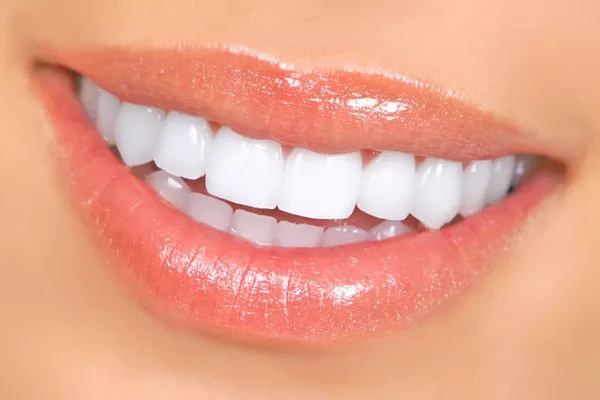In the quest for a dazzling smile, yellow teeth can be a cause for concern and self-consciousness. However, understanding what yellow teeth indicate is crucial for maintaining optimal oral health. In this article, we’ll delve into the various causes of yellow teeth and explore effective prevention and treatment strategies to restore that radiant smile.
1. Poor Dental Hygiene: The Culprit Behind Yellow Teeth
Yellow teeth often signal inadequate dental hygiene practices. Failing to brush and floss regularly allows plaque and tartar to accumulate, leading to tooth discoloration. Plaque, a sticky film of bacteria, produces acids that erode tooth enamel, revealing the yellowish dentin beneath. To combat this, adopt a comprehensive oral hygiene routine:
Regular Brushing and Flossing: Brush your teeth at least twice a day using fluoride toothpaste and floss daily to remove plaque and prevent staining.
Proper Brushing Technique: Ensure you’re using the right technique—angling your brush at 45 degrees and making small circular motions to reach all surfaces of your teeth.
Professional Cleanings: Schedule regular dental cleanings to remove stubborn tartar buildup and maintain optimal oral health.
2. Lifestyle Habits and Yellow Teeth: Unveiling the Connection
Certain lifestyle habits can contribute significantly to yellow teeth. Understanding and modifying these habits can make a remarkable difference in the appearance of your teeth.
Tobacco Use: Smoking and chewing tobacco introduce harmful chemicals that not only stain teeth but also compromise overall oral health. Quitting these habits is essential for both your teeth and overall well-being.
Dietary Choices: Dark-colored beverages like coffee, tea, and red wine, as well as foods high in tannins or pigments, can stain teeth over time. Moderating consumption and rinsing your mouth with water after consuming these items can help mitigate staining.
Inadequate Water Intake: Insufficient water intake contributes to a dry mouth, reducing saliva production. Saliva plays a crucial role in neutralizing acids and maintaining oral health. Stay hydrated to promote saliva production and prevent tooth discoloration.
3. Medical Conditions and Yellow Teeth: Exploring the Link
Yellow teeth can also be an indicator of underlying medical conditions. Understanding these connections can be crucial for both diagnosis and treatment.
Enamel Hypoplasia: This developmental condition results in insufficient enamel formation, making teeth more susceptible to discoloration. Consult with your dentist for personalized treatment options.
Fluorosis: Excessive fluoride intake during tooth development can lead to fluorosis, characterized by yellow or brown stains. Adjusting fluoride exposure and considering professional whitening treatments can help manage fluorosis-related discoloration.
Medication Side Effects: Certain medications, such as tetracycline antibiotics, can cause yellow or grayish tooth discoloration. Consult your healthcare provider for potential alternatives or whitening options.
4. Professional Teeth Whitening: A Safe and Effective Solution
When it comes to reversing yellow teeth, professional teeth whitening emerges as a popular and effective solution. Understanding the different methods and their benefits is crucial for making an informed decision.
In-Office Whitening: Dentist-supervised in-office whitening procedures offer quick and noticeable results. Hydrogen peroxide or carbamide peroxide gels are applied, and a special light or laser activates the whitening process.
At-Home Whitening Kits: Dentist-prescribed at-home whitening kits provide a more gradual approach. Custom-fitted trays and professional-grade whitening gel allow for convenient and controlled whitening at your own pace.
5. Natural Remedies for Yellow Teeth: Myth or Reality?
While professional treatments are effective, some individuals seek natural remedies for yellow teeth. It’s essential to separate myths from reality and understand the potential benefits and limitations.
Oil Pulling: Some claim that swishing oil in the mouth can reduce bacteria and whiten teeth. While oil pulling may contribute to oral hygiene, its impact on teeth whitening is limited. It’s not a substitute for professional dental care.
Baking Soda and Lemon: The abrasive nature of baking soda combined with the acidity of lemon can damage enamel. It’s advisable to consult with a dentist before attempting home remedies to avoid unintended consequences.
6. Future Trends in Teeth Whitening: What to Expect
As technology advances, so does the field of dentistry. Anticipating future trends in teeth whitening can provide insights into potential breakthroughs and innovations.
Advancements in LED Technology: Continued advancements in LED technology may lead to more efficient and comfortable in-office whitening procedures.
Personalized Whitening Solutions: Tailored whitening solutions based on genetic factors and individual needs may become more prevalent, offering a more personalized approach to teeth whitening.
In conclusion, understanding what yellow teeth indicate is the first step towards achieving a brighter, healthier smile. By adopting proper dental hygiene practices, modifying lifestyle habits, addressing medical conditions, and exploring professional whitening options, you can take proactive steps to restore the natural radiance of your teeth. Remember, consulting with a dental professional is essential for personalized advice and effective treatment.
Related Links:
How to improve bad breath through internal adjustment?
Will yellowed teeth cause odor?
How to Remove Yellow Stains from Teeth: A Comprehensive Guide
































